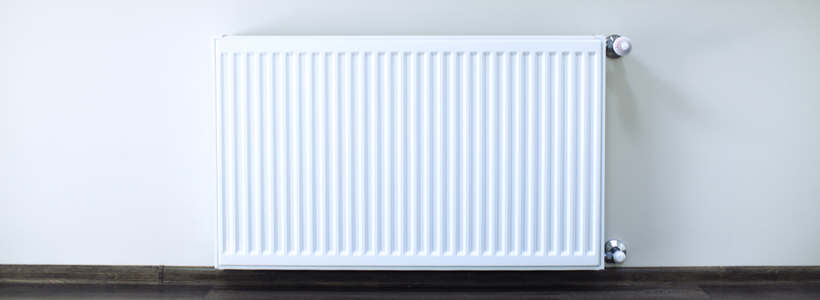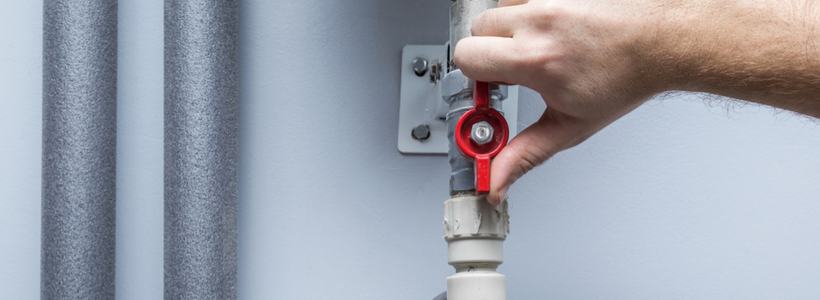
Although Spring is gradually starting to set in, you probably don’t need us to tell you that it still gets quite chilly right now, which means you may find yourself doing work on central heating systems for a few weeks yet. And obviously, before you do any work on heating systems, you’ll first need to drain it. This might be because you’re removing or replacing a radiator, or simply adding a system inhibitor and system cleanser to flush it through and remove limescale and sludge. So, here’s the easiest way to drain one!
The essential preparations
Obviously, your very first step will need to be to turn off all power to the boiler, ensuring that the heating is off. (If it’s a back boiler, this involves making sure that no solid fuel is lit.) Plus, it’s always a good idea to shut off the intake water valve, which ensures that no water will enter the system while you’re working on it. After that, it’s wise to let the system cool for 30 minutes before you get started on the next stage.

Hook up to the drain valve
You’ll find the drain valve at the bottom of the boiler (or radiator). Here’s where a long hose comes in handy - it doesn’t necessarily have to be anything specialised, a normal garden hose will do. Connect the hose to the drain valve, and if necessary you can tighten it up with a jubilee clip. It’s not essential, but a smart decision is to place a towel underneath, which should catch any stray drips while you’re working. Obviously, the other end of the hose needs to be somewhere where water’s not going to start pouring out onto the floor. If you can, it’s easiest just to put it outside, but if not you can always put it in the nearest sink. Alternatively, you can simply place a bucket under the drain valve. All of it’s quite straightforward stuff, really.
Drain the system
A humble adjustable spanner will open the drain valve, which you’ll need to do by turning it anti clockwise. Then it’s just a case of waiting for a little bit while the system does its work. It’s worth noting that the water will run noticeably faster if you open any bleed valves on the radiators. It’s best to start with the radiators at the top of the building. Then, as the water level steadily drops, you can open the bleed valves in the downstairs radiators too. Once water stops coming out of the hose (or directly from the drain valve if you’re using the bucket), the system is safely drained. After that, it’s just a case of closing the valve, and taking the hose out. Obviously, you’ll need to make absolutely sure that the system is indeed finished draining before you start work, though!
And here at R&J Builders Hardware, we’ve got just the tools to help you do the job. We stock a huge range of plumbing and heating supplies and accessories - which you can browse right here on our website, and click and collect directly from us in-store!





